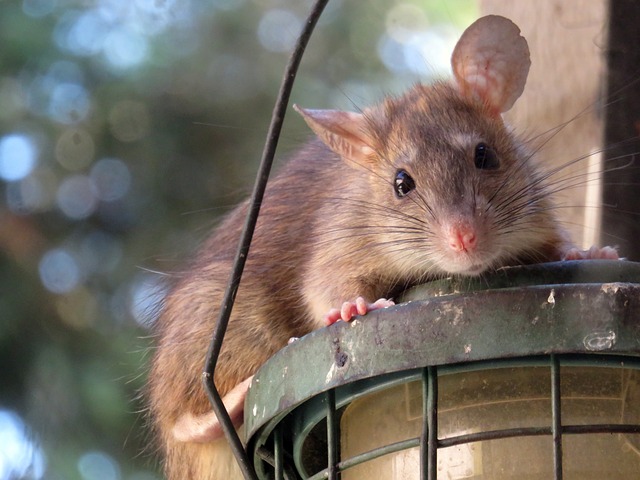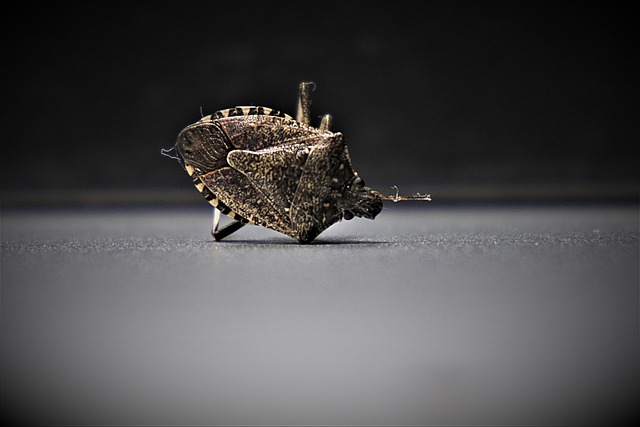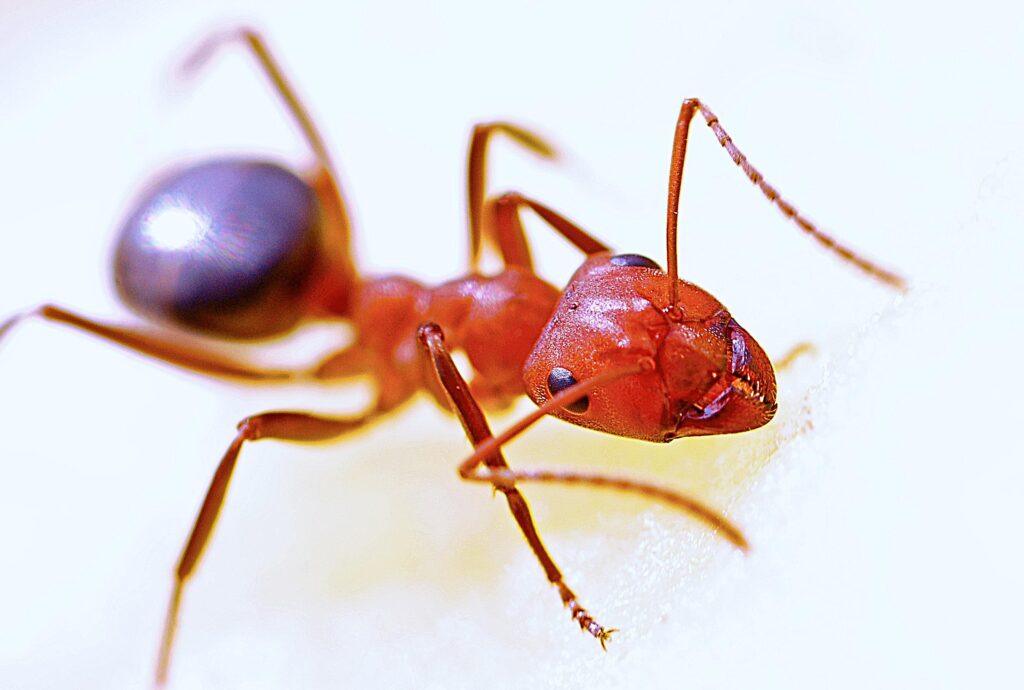List of the worst pests in Delta
In Delta, several pests can be considered problematic. Here’s a list of some of the worst pests commonly encountered in the area:
- Rats: As mentioned earlier, rats are a significant concern in Delta. They reproduce rapidly, carry diseases, and can cause structural damage.
- Cockroaches: German cockroaches, in particular, are a common pest in Delta. They are adaptable, reproduce quickly, and can contaminate food and surfaces.
- Bed bugs: These small, blood-sucking insects have become a widespread issue globally. Delta is not exempt, and bed bug infestations can be challenging to eliminate without professional intervention.
- Ants: Various ant species can be problematic in the area, including pavement ants and carpenter ants. They can invade homes, damage structures, and contaminate food.
- Wasps: Several species of wasps, including yellow jackets, are found in Delta. They can be aggressive and pose a risk, especially to those with allergies.
- Squirrels: While they may seem harmless, squirrels can become pests when they enter attics, chew through electrical wires, and create disturbances.
- Raccoons: These intelligent creatures are adaptable and can cause damage to property, raid trash bins, and create a nuisance in residential areas.
- Mosquitoes: Although not exclusive to Delta, mosquitoes can be a seasonal annoyance, particularly in areas with stagnant water sources.
It’s important to note that effective pest control often involves a combination of preventive measures, such as sealing entry points, proper sanitation, and professional pest management services.


